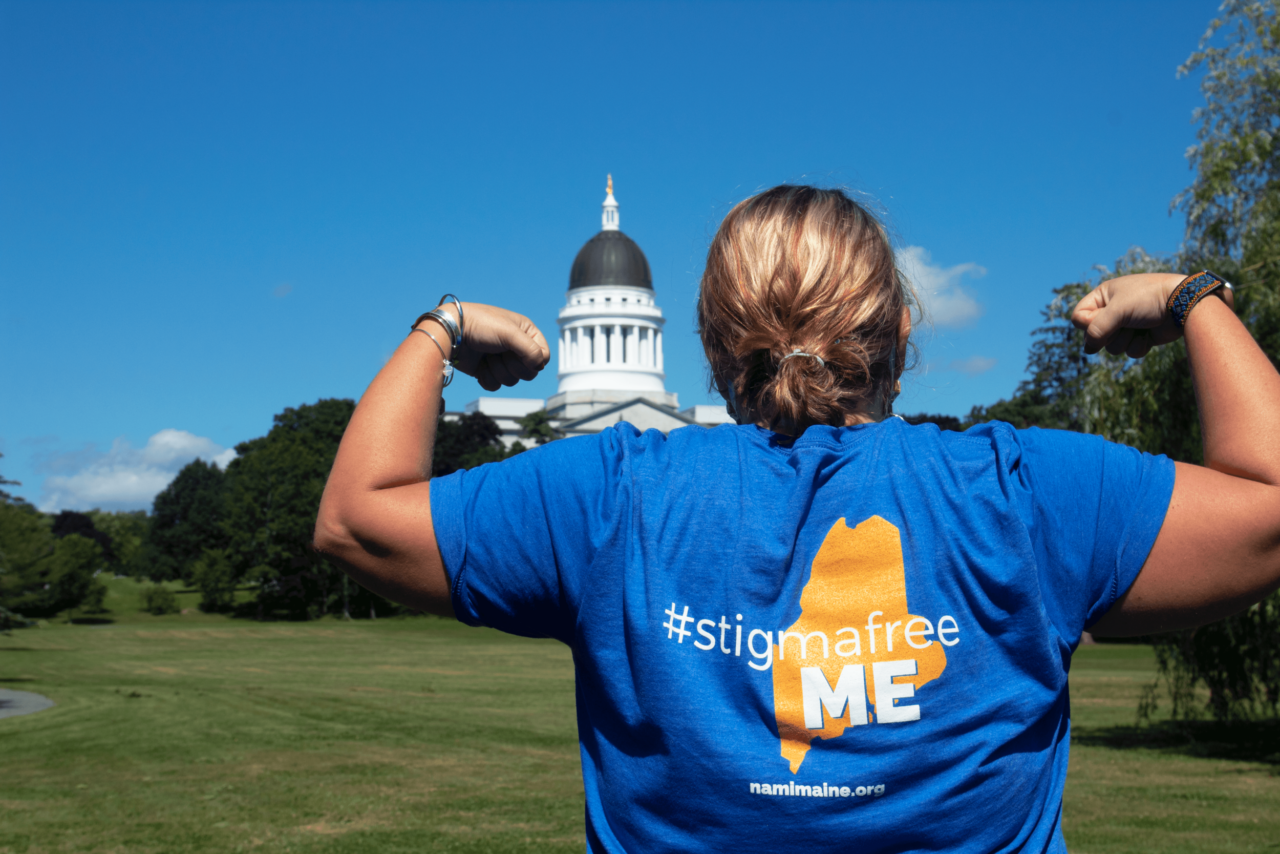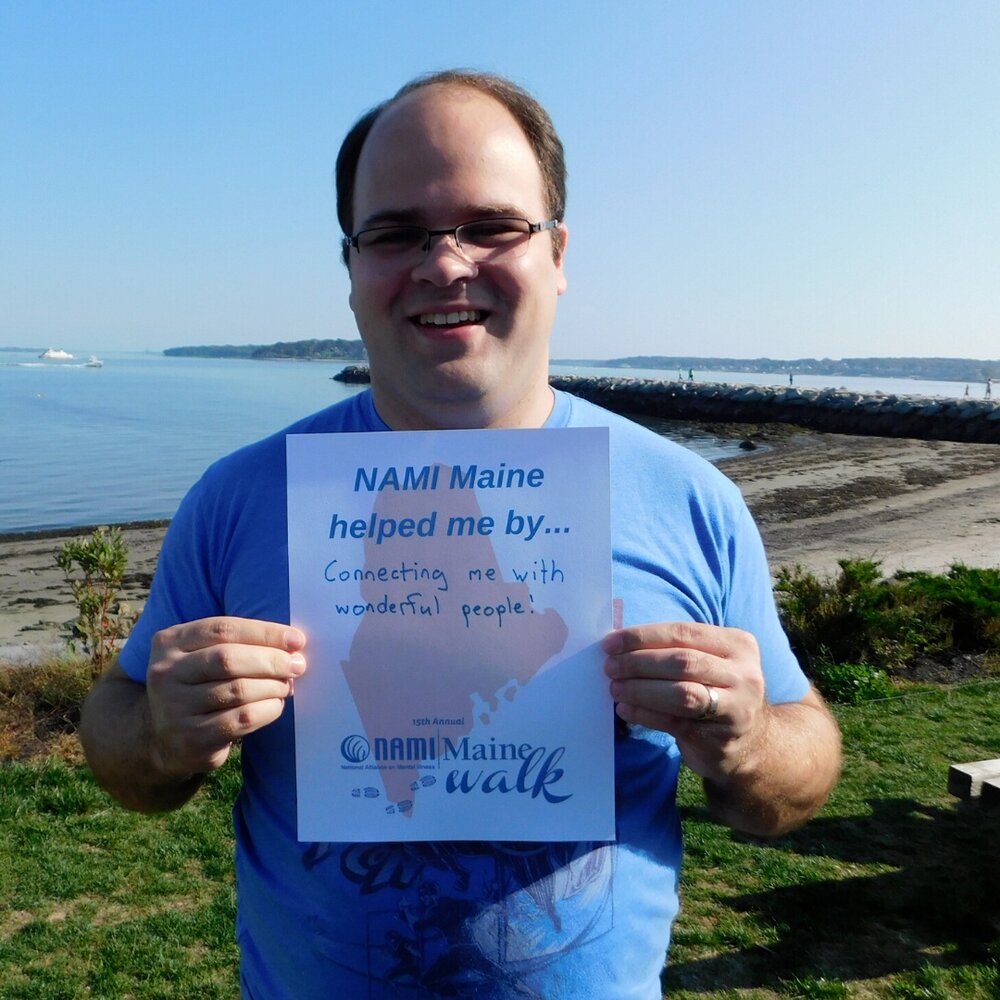Key Elements

When we experience a perceived significant loss, such as the death of someone we know and care about, we also experience grief. Grief is a natural and healthy set of reactions to a significant loss and consists of both internal (feelings, thoughts/cognitions, spiritual, and physical) reactions as well as external (behavioral and social) reactions. See “Expressions of Grief” for some of the many ways grief often expresses itself. While it is possible to speak in generalities about the expressions of grief, no two people will experience it in the same way.
Our grief is unique to us and the relationship we have with the deceased.


Contrary to Popular Belief...
We do not “get over” a significant loss or “return to normal” in a matter of time. It takes purposeful effort to experience and to process or mourn the death over time to eventually weave the loss into a new normal of living.
It is an ongoing process. Even then, grief has a tendency to sneak up on us now and again, and we can experience that familiar pain, although perhaps not as intense as we experience early in our grief journey. How we process and respond to the grief caused by a significant loss is referred to as mourning. In our own time we learn to make adjustments to many areas of our lives and create a new normal without the physical presence of the person who died.
Some of the things we process and make adaptations to include, but are not limited to:
-
How do I accept the reality that this person is really dead, and they are never coming back?
-
Who am I now without this person physically in my life? (This can be especially difficult for those who have been in a caregiver role to the person who died as so much time and energy had gone into the care of that person.)
-
What do I now think about the world around me, how I fit into the world, and how I interact with others? (Death, especially sudden and traumatic death, tends to shake or even shatter our basic beliefs about the world.)
- Who will fill the roles once held by the person who died? (friend, partner, handyman, financial supporter, etc.) This points out that we have not experienced a single loss, but many losses.
- How do I reconcile the feelings and thoughts I have about the person who died?
-
How do I reconcile the feelings and thoughts I have about myself in relation to the person who died?
-
How do I make meaning of this person’s life and my relationship to that person?
-
If appropriate, how do I continue to experience a bond with the person who died and is no longer physically present?
What does that relationship now look like? -
What hopes, dreams, and possibilities are before me?

None of these questions are answered quickly or in just a one-time “processing session” with yourself or someone else.
It is an ongoing process.
Sometimes we take a break from these things—and this is healthy to do, but we often find ourselves coming back to them time and time again.
If You Are In Crisis...
If you are in crisis and in need of support, please contact:
Maine Crisis Hotline: 1-888-568-1112
National Suicide Prevention Lifeline: 1-800-273-8255

Additional Links
Coming Soon…

If you have any questions or need additional information, please contact the Suicide Loss and Grief
Support Convener at griefsupport@namimaine.org or (800) 464–5767 x 2317.
Those who have experienced a loss due to suicide may be at higher risk of suicidal thoughts and
behaviors. Know What to Look For >









